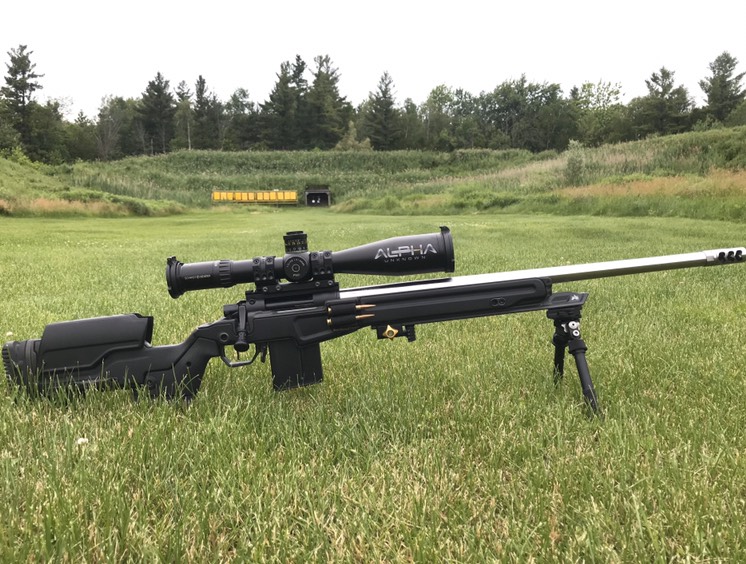Comments (29)
To leave or reply comments, please download free Podbean iOS App or Android App.
Did finally get some velocity data after trying the mandrel die and I DID definitely see an improvement in SD. Went from 15 to 9 SD for a 4 shot string. The 5th shot blew it out to 13 but Im hoping thats just variance from the Chargemaster or since that batch if brass has been resized with the ball twice before using the mandrel for the last 2 loadings. .308 Lapua brass.
It’s actually .007”. A .30 cal projectile mics at .3091”.
It sounds as though he goes ‘till he likes what he sees.
If my resized and mandrel-ed cases measure .302, does that mean I have .006 neck tension? Sorry if thats a dumb question but Id rather be correct than assume.
Another great Podcast guys. I can't say how much I appreciate what you're doing for the sport. Look forward to something in the yoga department. Keep up the good work.
















Really intresting podcast. One question, what charge weight is he looking at for a start when checking for seating depth? Or did I miss that part in the podcast?